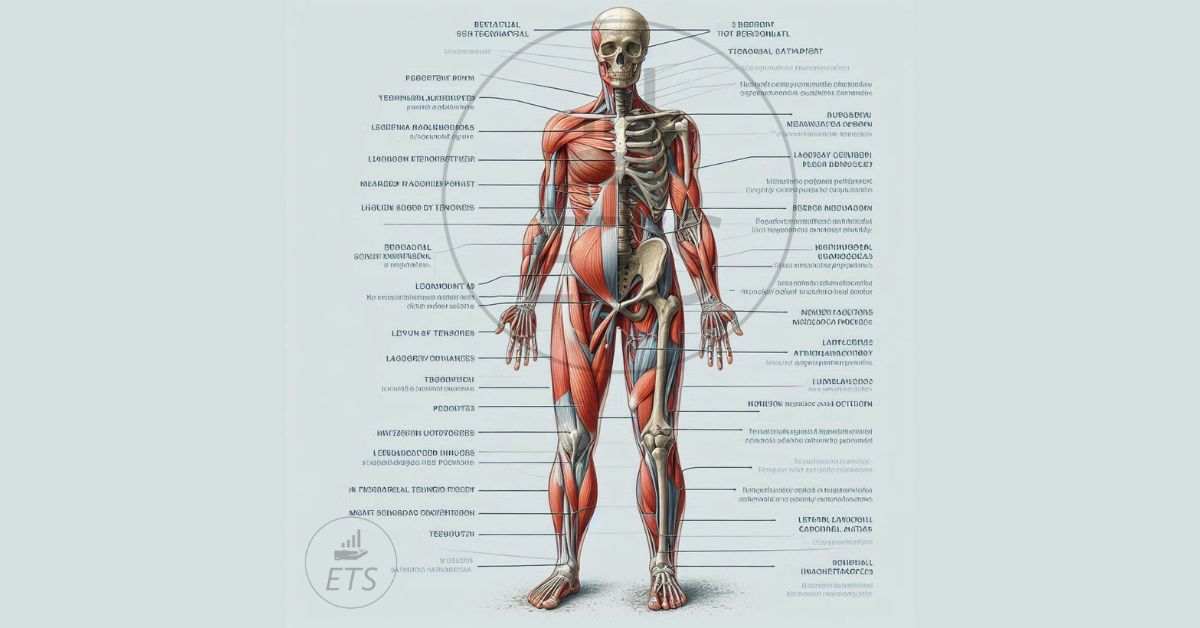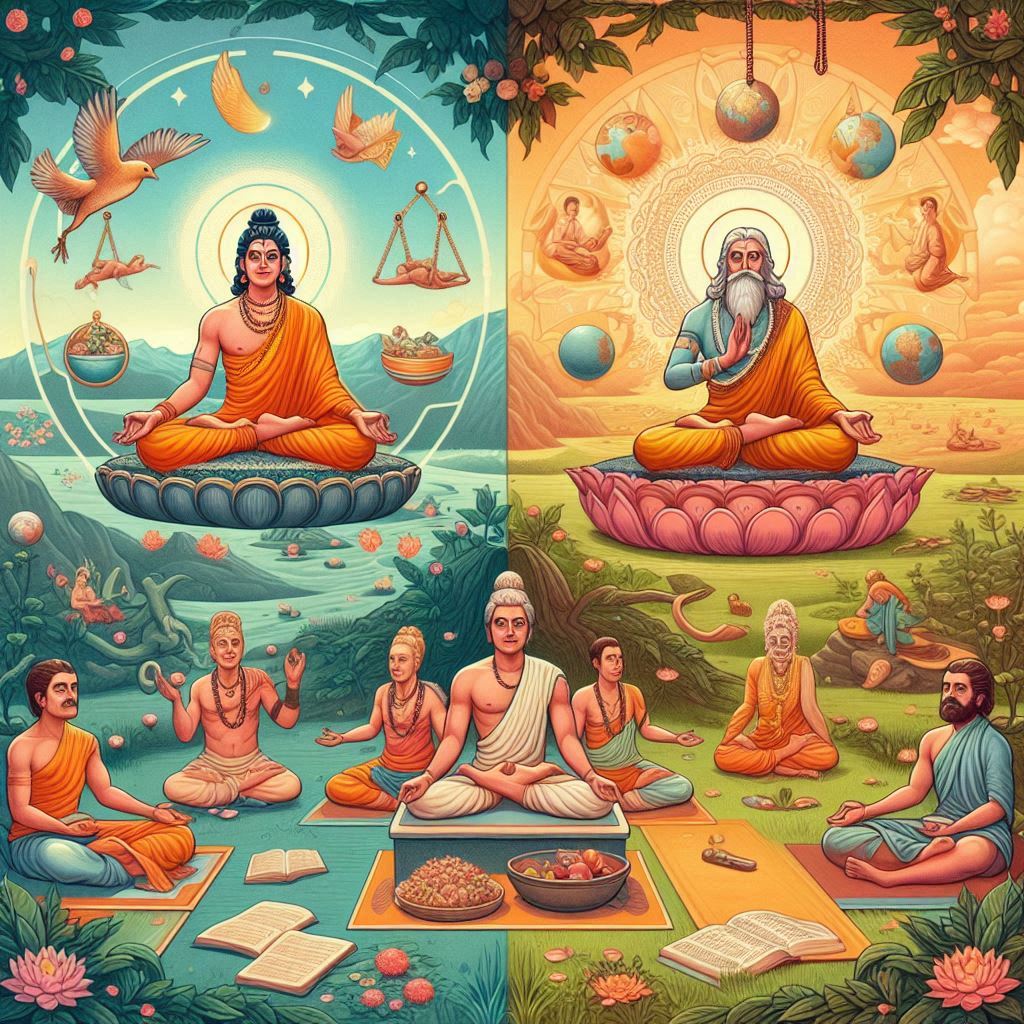“आत्मा वा अरे द्रष्टव्यः श्रोतव्यो मन्तव्यो निदिध्यासितव्यः” – A Journey Into the Self
🧭 H2: Decoding the Verse – What Does It Mean?
Let’s break it down:
- द्रष्टव्यः – To be seen or directly known
- श्रोतव्यो – To be heard or learned from teachers/scriptures
- मन्तव्यो – To be reflected upon
- निदिध्यासितव्यः – To be deeply meditated upon
The message is clear: knowing the Self isn’t just academic. It’s experiential, reflective, and meditative. It’s a lifelong commitment.
🎯 H2: Why This Verse Is Still Relevant Today
H3: Our Lives Are Loud — But Not Deep
In the age of social media and endless scrolling, we consume everything but rarely
reflect inward. This verse offers an
antidote to distraction — it’s a roadmap to inner peace.
🌿 H2: The Fourfold Path to Self-Knowledge
H3: Step 1 – श्रोतव्यो (Hearing the Truth)
- Listen to authentic spiritual teachers.
- Read timeless scriptures like the Upanishads and Gita.
- Develop curiosity about the deeper meaning of life.
H3: Step 2 – मन्तव्यो (Reflecting on It)
- Ask yourself: Do I believe this? Does this resonate with my experiences?
- Use logic, not blind faith.
H3: Step 3 – निदिध्यासितव्यः (Meditating on It)
- Quiet the mind through consistent meditation.
- Use affirmations or japa like “अहं ब्रह्मास्मि” to internalize truth.
H3: Step 4 – द्रष्टव्यः (Seeing the Self)
- When the mind is clear, direct perception happens.
- This is Self-realization—the final goal.
💡 H2: Scriptural Echoes – It’s Everywhere
This idea isn’t isolated. It echoes throughout the
Upanishads:
- “तत्त्वमसि” – You are that.
- “अहं ब्रह्मास्मि” – I am Brahman.
- “प्रज्ञानं ब्रह्म” – Consciousness is Brahman.
Every scriptural gem points to the same truth:
Know thyself.
🧘♂️ H2: The Atman – What Is It Really?
H3: H4: Immutable and Eternal
“न जायते म्रियते वा कदाचित्” – The Self is never born nor does it die (Bhagavad Gita 2.20).
It’s not your thoughts, body, or mind. It’s the witness behind them all.
🚫 H2: Common Misconceptions About Ātman
- It’s not your ego.
- It’s not your job title.
- It’s not your body or even your personality.
Think of it as the
sky behind the clouds — always there, never touched by storms.
🧭 H2: The Real-World Benefits of Knowing Ātman
- Peace that doesn’t depend on circumstances
- Less anxiety and fear
- Deep, unshakeable confidence
- Freedom from identity crises
🪷 H2: Practicing Nididhyāsana in Daily Life
- Set a 10-minute daily meditation time.
- Reflect on one Sanskrit verse daily.
- Journal your inner experiences.
- Seek silence — the voice of the Self is heard there.
🧠 H2: The Science Behind It All
Modern neuroscience proves that
mindfulness rewires the brain. While the ancients used
meditation for Self-realization, today, science is catching up. Brain scans show increased focus, happiness, and emotional regulation. Coincidence? We don’t think so!
⚖️ H2: East Meets West – Universal Relevance
Even Western philosophers like Descartes (
“I think, therefore I am”) tiptoed around this idea. But the Vedas dive straight in:
“I am, therefore I am eternal.”
📿 H2: How to Start Your Own Ātma Journey Today
- Choose one verse daily to reflect upon
- Practice 5 minutes of stillness
- Avoid overconsumption of mindless media
- Journal your “Who am I?” reflections weekly
🔥 H2: Final Thought – Don’t Just Read. Realize.
“आत्मा वा अरे द्रष्टव्यः” is more than a line — it’s a
life call. Let’s not keep it on a dusty shelf. Let’s practice it, live it, and most importantly,
become it.
🧾 H2: Conclusion – It’s Not a Concept, It’s You
When you start seeing your Self beyond your titles, moods, and problems, you don’t just live —
you awaken. The sages weren’t talking about gods in the sky. They were pointing directly at
you. So what’s stopping you? Begin your inner pilgrimage today.
❓ H2: FAQs
Q1: Is Ātman the same as soul?
Not exactly. Ātman is beyond individuality; it is pure consciousness —
unfragmented, eternal, and universal.
Q2: How is this verse relevant to modern life?
It reminds us to stop chasing external validation and begin inner discovery — the only path to lasting peace.
Q3: Can beginners understand and apply this teaching?
Absolutely! Start with reflection and small moments of silence. Even baby steps count.
Q4: Is this philosophy only for monks or sanyasis?
Nope! It’s for everyone — office-goers, parents, students.
Self-knowledge is universal.
Q5: What are the risks if we ignore this teaching?
Discontent, confusion, anxiety, and a life full of “busy nothingness.” Isn’t it better to pause and reflect?
📌 Focus Keywords:
Self realization through vedic wisdom
📝 SEO Title:
Self Realization Through Vedic Wisdom: Know Your True Self
🔗 Slug:
vedicself
📃 Meta Description:
Self realization through Vedic wisdom begins with the verse “आत्मा वा अरे…” – Learn its real-world meaning and how to apply it daily.
🖼️ Alt text image:
An ancient yogi meditating under a tree symbolizing self-realization
📜 Excerpt:
Explore how the Shatapatha Brahmana’s call to “know the Self” can transform your modern life. A fresh, spiritual, and practical guide to Vedic awakening.
🔍 Short and Longtail Keywords:
Self realization, Vedic Self, Know thyself, Shatapatha Brahmana, Meditate on Ātman, Know the Atman, Self discovery through Upanishads, Atma Gyaan, Ātman reflection, Vedanta truth, Nididhyasana steps


